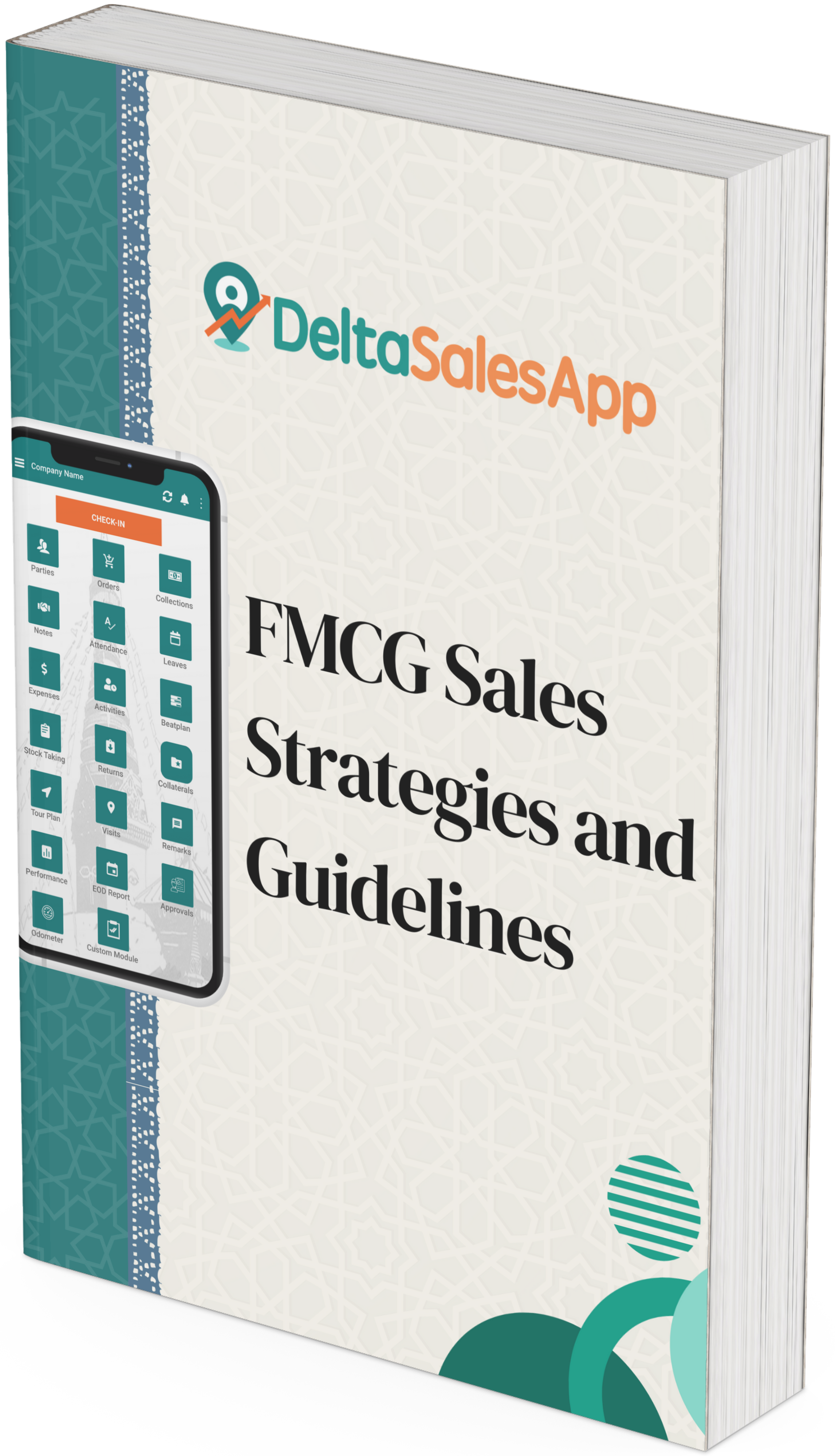The Untold Story of Field Sales in the Toy Industry
_1743592794.png)
When you think of the toy industry, you might imagine innovation, color, creativity—and of course, fun.
But behind every best-selling action figure or holiday-must-have plush lies a detailed, strategic engine of logistics, marketing, and relationship-building. And at the heart of it all?
The field sales representative.
These professionals are the lifeline between toy brands and retail shelves. They’re more than salespeople—they're brand ambassadors, inventory specialists, trend analysts, and trusted advisors to store owners and retail chains alike.
Let’s dive into the world of field sales in the toy industry—from the real-world story of one top rep, to the evolving strategies that make these roles mission-critical for brand success in 2025 and beyond.
Meet Maya: The Rep Who Reimagined Her Route
Maya didn’t plan on joining the toy business. She had worked in consumer electronics but wanted something more energetic, more connected to creativity. When she joined BrightBox Toys, a rising name in educational and interactive play, she was handed a regional territory with 130 retail locations—from small mom-and-pop stores to national chains.
At first, her days were filled with driving, spreadsheets, and chasing down store managers to confirm displays were set up properly. Her role felt transactional. She was checking boxes, not building momentum.
Sales were decent—but stagnant.
Then she made a decision that would change everything: Treat the territory like it was her own business.
Understanding the Modern Role of a Toy Field Sales Rep
Today’s toy field rep is no longer a product-dropper. They’re expected to:
- Analyze store-level and regional sales data
- Understand category performance (STEM toys, collectibles, licensed products, etc.)
- Work closely with supply chain and demand planners
- Ensure planogram compliance and visual merchandising
- Communicate promotion schedules effectively
- Be the first to spot retail execution gaps or trends
- Train store staff and support sell-through strategy
It’s a hybrid role that requires soft skills, sales acumen, and analytical thinking—especially in a post-pandemic market where buyer behavior and store dynamics are evolving fast.
Maya’s 5-Part Strategy for Sales Territory Success
To turn her underperforming region into a top-selling territory, Maya used a five-part approach that blends traditional sales fundamentals with modern retail intelligence.
1. Segment Every Store by Potential
She categorized her accounts into tiers:
- Tier A: High-volume accounts with strong toy category presence
- Tier B: Mid-volume stores with upsell potential
- Tier C: Small accounts or new prospects needing development
This helped her allocate time and focus more efficiently—giving more love to stores with growth potential, while still keeping others in the loop.
2. Personalize Product Recommendations
Maya didn’t pitch every toy to every store. She aligned her offerings with:
- Local demographics (e.g., areas with younger families got more early learning toys)
- Regional interests (STEM kits performed better near tech campuses)
- Past performance data (using POS integration tools and retailer feedback)
This laser-targeted approach resulted in better sell-through rates and reduced returns.
3. Streamline Stock and Supply Visibility
One of Maya’s biggest pain points was inventory disconnect. Stores would run out of a fast-moving item while warehouses had plenty of stock.
She collaborated with the internal logistics team to enable live inventory visibility through mobile tools. This meant she could place informed reorders during visits and avoid dreaded out-of-stock conversations.
4. Educate, Don’t Just Sell
Maya realized many retail staff didn’t know how to demonstrate or even talk about the toys properly—especially for products with educational or tech components.
She started running mini training sessions during visits:
- Unboxing and demos
- Sales talking points
- Upselling techniques (e.g., bundling accessories or companion toys)
Stores with trained staff sold 40% more on average.
5. Build Relationships That Last
Beyond tactics, Maya invested in people. She remembered birthdays, brought coffee to early meetings, and showed genuine care for store owners' challenges.
When competing reps came in, her stores stayed loyal. Why? Because Maya made them feel like partners—not just accounts.
Challenges Field Reps Face in the Toy Industry
Even with the right strategy, field sales reps face some real hurdles:
Rapidly Changing Trends
A toy that’s hot one week can be forgotten the next. Reps must stay on top of pop culture, unboxing videos, licensing news, and seasonal fads.
Supply Chain Delays
Shipping delays or import issues can crush a promotion. Good reps anticipate, communicate, and re-strategize when stock is delayed.
Planogram Non-Compliance
Even the best display means nothing if it’s not executed in-store. Field reps must audit merchandising, troubleshoot on-site, and push for prime shelf space.
Digital Competition
Today’s reps compete not only with other physical brands but also with online-only toy retailers. That means their in-store strategy must add unique value—demos, exclusive SKUs, or bundles that e-commerce can’t replicate.
Essential Tools for Toy Industry Field Reps
To stay ahead, top reps equip themselves with:
- Mobile CRM & order management apps
- Retail audit and compliance platforms
- Live inventory trackers
- POS-integrated reporting dashboards
- Training and onboarding kits for retail staff
- Data-driven route planning tools
The Bigger Picture: Reps as Strategic Growth Drivers
Brands that invest in their field sales teams don’t just increase sell-through—they unlock:
- Better forecasting accuracy
- Improved retail relationships
- Greater brand visibility in competitive aisles
- Real-time insight into consumer behavior
- Stronger promotional execution
Maya's region is now used as a case study across her company. Her success proves one thing: when field reps are empowered and strategic, they become revenue-generating machines—not just order-takers.
Final Thoughts: It’s Not Just a Job, It’s the Frontline of Fun
At its heart, the toy industry is about joy, wonder, and imagination. But joy doesn’t happen by accident. It’s built by people like Maya—professionals who understand that behind every best selling toy is a perfectly-timed pitch, a well-trained retailer, and a rep who made it all happen.
Field sales reps aren’t just part of the process—they are the process. They make the difference between product and playtime. So if you're in the toy business—invest in your reps.
And if you're a rep yourself—take pride.
You’re not just driving a route.
You’re delivering happiness.









